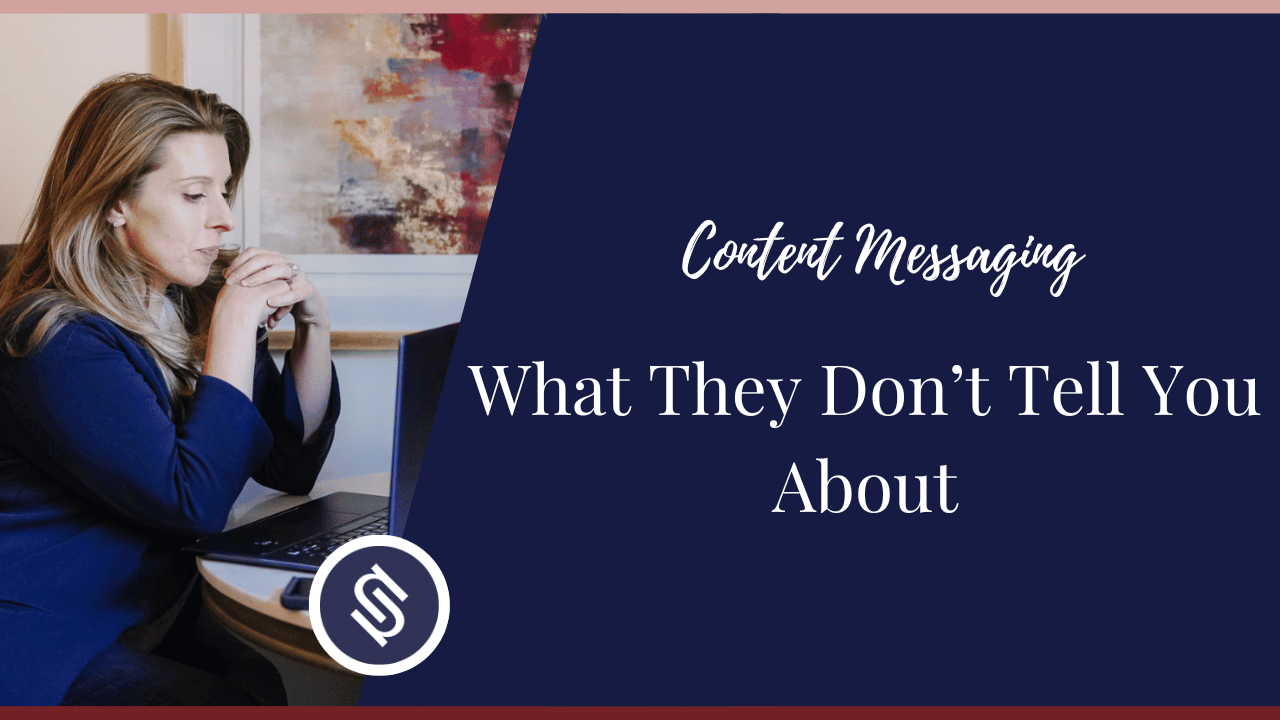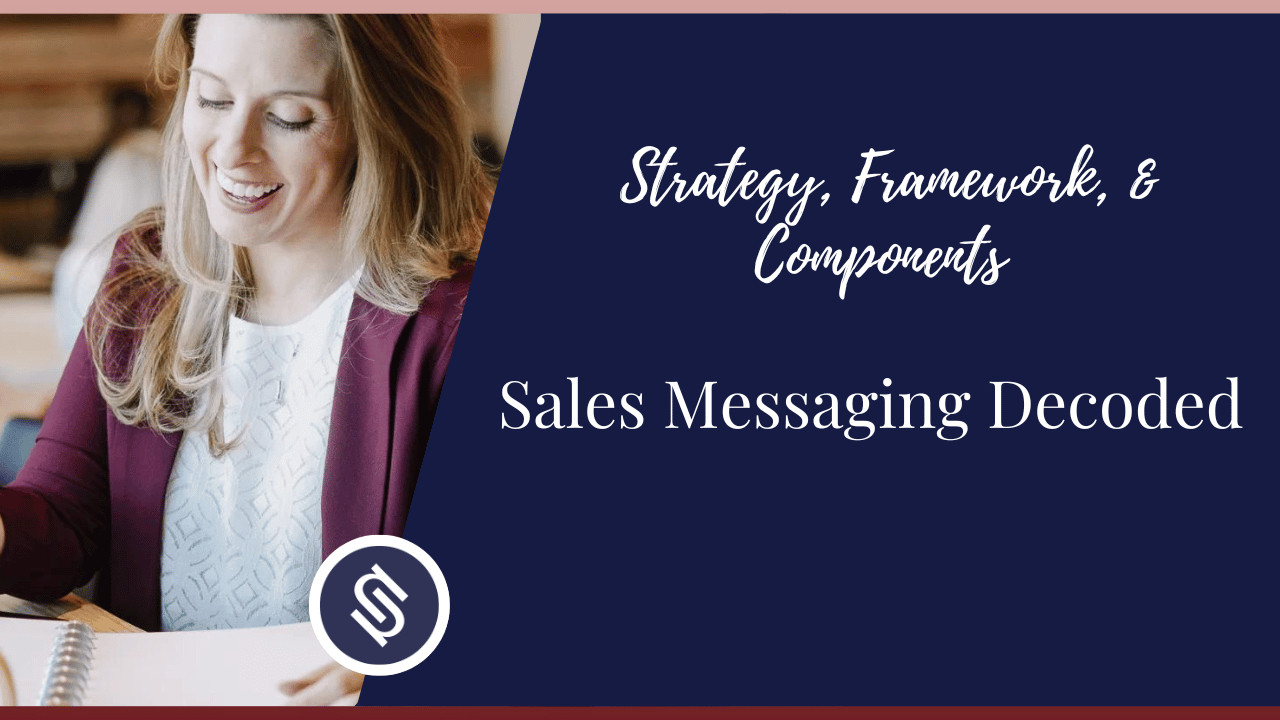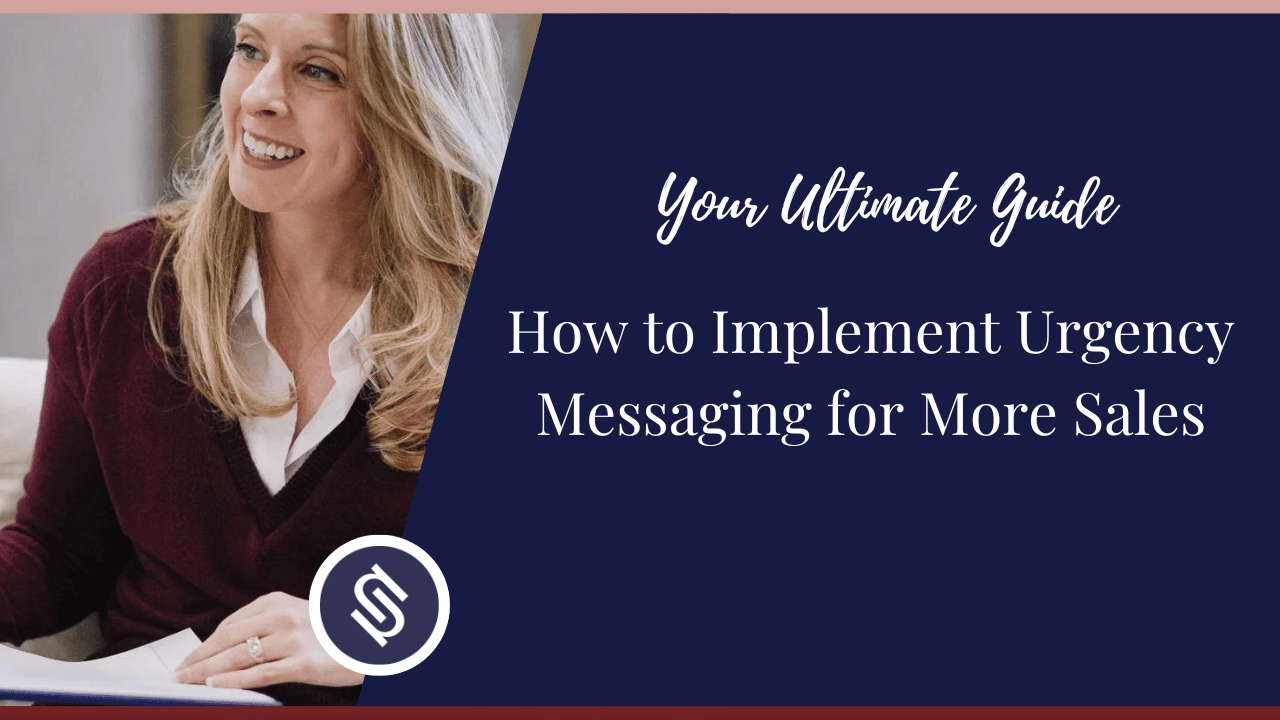As the audience’s attention span shrinks, it is crucial to create engaging content that can retain their attention for longer and make your brand easy to remember.
However, most businesses get immersed in their products (or services) and pay less attention to the messaging, which is a huge opportunity for them to stand out.
So, how can you create compelling and consistent messaging that grabs your customers’ attention and sparks their interest in your brand?
TL;DR – How to Create Consistent Content Messaging
If you’re short on time, here are four ways to create consistent messaging.
We’ll cover these points in detail later in the blog.
- Create a detailed brand style guide
- Plan your content
- Train your team
- Regularly monitor and review your content
- Partner with a messaging strategist
As a brand messaging expert, I can help you maintain consistent messaging by creating a comprehensive brand style guide.
Additionally, I can assist you in creating strategic and personalized messages that speak to your target audience and leave a lasting impression.
Ready to strategize content messaging for your brand?
Schedule a call with me to create targeted content that increases leads and drives sales.

What is Content Messaging?
Brand content messaging is the words or phrases that convey your brand value proposition (unique promises) to your target audience.
The messaging should be consistent across all your company’s touchpoints, including your website, packaging, social media posts, email marketing, business cards, and more.
Through content messaging, you should also showcase your brand’s tone of voice and personality. This can influence how others feel about your business and inspire them to buy.
Keep reading as we dive deeper into this concept throughout the blog.
Why Is Consistency Important in Brand Content Messaging?
When done consistently, messaging can help your business in several ways. With consistent brand messaging:
Your Brand Appears More Credible
When your brand maintains consistent messaging, it distinguishes itself from the competition, increases awareness among potential buyers, and becomes recognizable.
It helps customers trust and feel confident about your brand offerings. Also, when customers receive communications with similar messaging, it eases their decision-making process.
Prospects Can Connect with Your Brand
Consistent brand content fosters an emotional connection with your customers.
When your target group sees the same tagline and key messages across all your communication channels, it solidifies your message, and they instantly connect.
Reinforces Your Brand’s Authority
The competition is stiff, and many companies strive to become industry leaders.
By creating consistent messaging, your prospects are more likely to remember your brand. That means when customers think about a specific product (or service), they can associate it with your brand. Therefore, consistency can help increase your brand’s recognition and authority.

Elements of Content Messaging
Several components tie your content messaging together. Let’s look at four key elements you should include in your brand content.
1. Unique Value Propositions
Most brands overwhelm readers with all the features and benefits of their solutions. Instead, effective messaging focuses on what makes your brand unique (your unique value messaging).
Pick three to four benefits that show why your customers should choose your brand over the rest.
2. Emotional Connection
Your messaging should stimulate and include relevant content that goes to the heart. Forget about creating generic content.
Instead, develop engaging and captivating messaging that resonates with your consumers and sparks emotion.
3. Key Message Statements
Another vital component in your messaging is your core message statements. These are four to twelve primary points that differentiate what you offer and articulate your main benefits.
Keep them simple and clear, and don’t use jargon and industry buzzwords. Also, develop supporting messages that reinforce each of your core messages.
4. Brand Vision and Values
As a brand, you might understand your vision (the future you hope for your brand) and values (what you stand for and the steps you’ll take to achieve your goals). Your customers need to understand that as well.
So, your messaging should connect with your audience by sharing your values and vision.

How Can Brands Measure the Success of Their Content Messaging?
Once you’ve launched your messaging campaign, what’s next? You should track metrics to help you understand how your audience interacts with your content.
Here are some ways to do so.
Website Metrics
Start by tracking the number of unique visitors and their time on your site. Increased visitors and the more time they spend on your site means your messages are attracting and engaging.
Also, check the bounce rate and conversion rates. If you notice a high bounce or low conversion rate, your content might not be compelling.
Social Media Engagement
You should track the engagement numbers on your posts — the comments, shares, and likes. If your posts receive a high number of positive comments, it means your audience wants to engage in a conversation.
Similarly, a high number of likes suggests the prospects found your content interesting, and lots of shares show that your messaging resonates.
Monitor Brand Mention and Perception
You can measure brand awareness and reach through mentions of your brand on social media. Track discussions about your company and your audience’s sentiments about your brand. Scan news articles, social media channels, and other relevant sources.
A high number of mentions signifies your brand has a vast exposure online.
Use these methods to analyze if your campaign helps you achieve your desired actions.

How to Make a Content Messaging Framework
A messaging framework (or architecture) is a document designed as a roadmap for your brand’s messaging. It helps you create a strong proposition and defines clear core messages.
Let’s outline four key steps you should follow when creating a messaging framework:
- Identify your audience: Analyze your target customers based on age, preferences, needs, lifestyle, and more.
- List your key and supporting messages: Point out 4 to 12 core statements that showcase your values and value proposition to your audience. Also, come up with supporting messages that reinforce your core items.
- Test and adjust your framework: Conduct an A/B test on your messages to see which appeals more to your audience. Remember to refine your messaging annually.
- Share it with your team: Share the framework with everyone working with your brand — employees, and partners — to stay in line and maintain consistency when creating company messages.
Want to learn more about building a successful architecture? Check out the messaging framework essentials — what it is, how to create one, and more.

How to Create Consistent Content Messaging
If you would like to deliver similar messages across all your brand’s communication channels, here’s what you should do.
1. Create a Detailed Brand Style Guide
Before creating your messaging, you need to establish a style guide. This document outlines your brand assets (logo, font, and more) and establishes rules for your message content. The guide also establishes your tone of voice, values, and more.
It’s also a reference tool for people working on your content to standardize your messaging.
2. Plan Your Content
Plan your content using a content calendar to help you deliver consistent messaging. Consider listing the various communication channels you’ll use to help you align your goals and maintain cohesive messaging.
3. Train Your Team
All your team members — customer service agents, writers, social media executives — must participate in creating consistent brand messaging. Encourage them to use the style guide and maintain the best messaging practices.
Remember to provide feedback and areas of improvement to foster the best messages that support your business goals.
4. Regularly Monitor and Review Your Content
Audit your content regularly to identify inconsistencies in your messaging style guide. Then, update or remove inconsistent content.
Remember to actively engage in conversations about your brand and promptly respond to your audience. That way, you can adjust your messaging according to feedback and evolving trends.
5. Partner with a Messaging Strategist
If you don’t have time or this seems overwhelming, consider partnering with a messaging expert like me — Nora Sudduth.
I can help you develop a well-structured style guide and create compelling content messages that align with your brand values and identity.
Book a one-on-one call and let us develop compelling messaging that will generate high-quality leads.

Common Content Messaging Mistakes
Though consistent content messaging is essential, it isn’t easy to achieve and maintain.
Here are four common pitfalls that lead to disjointed messages:
1. Unclear Brand Identity and Brand Values
The first step to a successful messaging campaign is to define your brand’s core values and build your brand identity. Without a clear roadmap, employees might use different tactics when creating content, leading to inconsistent messaging.
2. Misalignment in the Messaging
While aligning the content for various communication channels, the core message and the overall tone could lose cohesion. This leads to mixed and inconsistent messaging across communication platforms.
3. Lack of Proper Audience Analysis
Most companies assume success without conducting proper research. One of the mistakes is using a small sample size, which leads to biased information. Also, inappropriate data research methods might fail to properly capture a diverse audience with multiple needs, expectations, and preferences.
Stereotyping your audience can also cause faulty information about your customers.
All these will prevent you from creating meaningful and lasting connections with your target customers.
4. Using Too Many Marketing Channels
In this digital age, several channels exist to engage your audience and inspire action. However, using many marketing channels together can be a recipe for failure, especially if you don’t constantly engage your audience on all platforms.
To wrap up this section, you should be mindful of these mistakes. Come up with a messaging strategy to clearly outline the guidelines for creating an impactful message and avoiding these pitfalls.

Frequently Asked Questions (FAQs)
In this section, we shall address common queries related to content messaging.
How Can Brands Use Content Messaging to Enhance Customer Engagement?
Brands should create captivating content messages that resonate with customers and inspire them to connect emotionally with their businesses. They should also create consistent messaging that creates a memorable brand image.
What Role Does Social Media Play in Brand Content Messaging?
Social media is an undeniable marketing channel and one of the brand’s touchpoints with potential clients.
Brands can post pictures, videos, and content that creates interest. Still, companies should respond to comments, likes, and shares to engage with the audience and build a community.
How Can Visual Content Enhance Brand Messaging?
First impressions are key to a brand image. So, the right visuals — logo, colors, images, fonts, and more — appeal to your customers and make it easy to convey your message.
Visual content emotionally connects customers with your brand message, making it easy for them to recognize your brand.
For example, one of Nike’s visuals is the iconic swoosh logo with official white and black colors. These elements are easy to remember, and they support Nike’s slogan – ‘Just Do It’- and their core messages – inspiration, empowerment, and innovation.
What Are the Latest Trends in Content Messaging for Brands?
Here are some of the latest content messaging trends:
- As consumers desire deeper connections with brands, businesses must connect with their audience through compelling conversational messaging.
- There’s also a spike in brands adopting messaging across different channels.
- Another trend is creating brand messages optimized for audiences on the go.
Conclusion
We hope this article has inspired you to create powerful messages with unique value propositions and foster an emotional bond with your audience. Remember to keep your messages simple, clear, and engaging. Plus, don’t forget to include your brand mission, brand values, and brand identity.
Too much to handle? Don’t sweat it.
Consider partnering with me, Nora Sudduth, to help improve your messaging. I have over twenty years of experience helping brands find the right words to connect with their audience.
Book a discovery call, and let’s create persuasive content messages that attract quality leads and drive sales.







